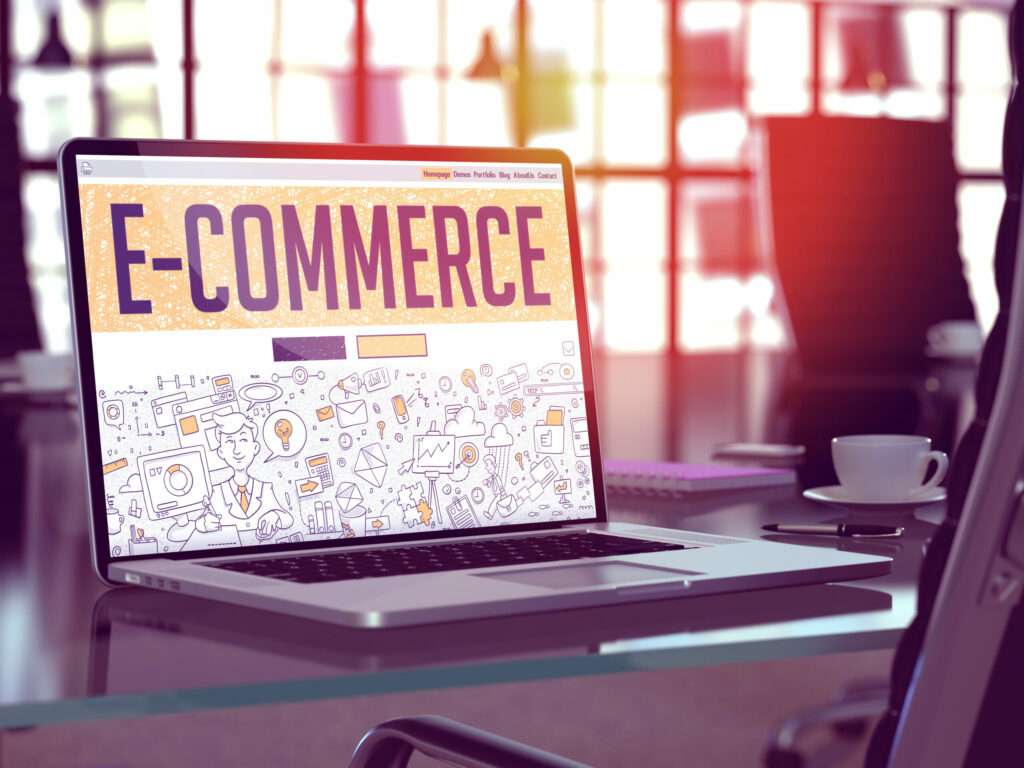
Stage 1: The Starting Out Phase
The first stage of e-commerce business growth is the starting out phase. At this point, you’re laying the groundwork for your business. You’re focused on establishing a solid foundation, creating a compelling website, and determining the products you want to sell. A key part of this phase is to develop an ecommerce site that is user-friendly, visually appealing, and optimized for conversions.
During this stage, you’ll encounter several challenges. You might struggle to drive traffic to your website or grapple with pricing your products effectively. It’s crucial to remember that these challenges are normal and part of the growth process. Embrace them as learning opportunities, keep pushing forward, and remain dedicated to building a solid foundation for your business.
Stage 2: The Growth Phase
During this stage, your focus should be on scaling your business. Explore ways to drive more traffic to your website, expand your product offerings, and optimize your operations to accommodate increased demand. It’s also important to establish a distinct brand identity and cultivate customer loyalty.


Stage 3: The Expansion Stage
During this stage, prioritize maintaining your brand identity and fostering customer loyalty. Continue expanding your product line and exploring new markets. Keep a watchful eye on your operations, ensuring they can handle increased demand effectively.
Stage 4: The Maturity Phase
During this stage, emphasize innovation and staying ahead of the competition. Expand your product offerings and refine your operations to remain competitive. Concentrate on customer retention and foster a vibrant community around your brand.
Stage 5: The Decline Stage
1. Effective Marketing Strategies at Each Stage:
- Starting Out:Focus on building brand awareness through targeted advertising and social media presence.
- Expansion: Explore influencer partnerships, affiliate marketing, and strategic collaborations to reach new audiences.
- Growth: Implement customer retention strategies, such as personalized email campaigns and loyalty programs.
- Maturity:Invest in advanced marketing techniques like SEO, content marketing, and data-driven advertising.
- Decline:Conduct market research to identify new opportunities and adjust marketing strategies accordingly.
2. Customer Relationship Management (CRM) in E-commerce Growth:
- Starting Out: Utilize CRM tools to manage customer data and build relationships through personalized communication.
- Expansion:Leverage CRM data to identify cross-selling and upselling opportunities and nurture customer loyalty.
- Growth:Implement CRM systems to track customer interactions, segment your customer base, and provide personalized experiences.
- Maturity:Focus on retaining existing customers by providing exceptional customer service and tailored recommendations.
- Decline: Use CRM analytics to identify customers at risk of churning and implement retention strategies
3. E-commerce Technology Stack for Business Growth:
- Starting Out: Select a user-friendly e-commerce platform and integrate essential tools like inventory management and payment gateways.
- Growth:Invest in scalable infrastructure, implement marketing automation software, and utilize customer analytics tools.
- Expansion:Consider advanced technologies like AI-powered chatbots, personalization engines, and CRM systems.
- Maturity:Optimize website performance with fast loading speeds, mobile responsiveness, and seamless user experience.
- Decline: Assess and update your technology stack to improve operational efficiency, reduce costs, and enhance customer experience.
4. International Expansion Strategies:
- Starting Out: Conduct market research to identify viable international markets and adapt your website and marketing efforts accordingly.
- Growth: Translate your website and product descriptions, offer localized customer support, and explore international shipping options.
- Expansion: Consider partnering with local distributors or establishing international warehouses to reduce shipping costs and delivery times.
- Maturity: Customize your marketing campaigns to align with cultural preferences and implement international SEO strategies.
- Decline: Evaluate the performance of international markets and determine whether to focus on core markets or explore new opportunities.
5. Managing Inventory and Supply Chain as Your Business Grows:
- Starting Out: Develop a lean inventory management system and establish relationships with reliable suppliers.
- Growth: Implement inventory forecasting techniques, adopt inventory management software, and negotiate better pricing with suppliers.
- Expansion: Explore dropshipping or third-party logistics (3PL) services to scale your operations and improve order fulfillment.
- Maturity: Optimize your supply chain by integrating inventory management systems with suppliers and automating reordering processes.
- Decline: Streamline inventory management, negotiate better terms with suppliers, and focus on reducing carrying costs.
Contact us today to discuss your website development needs and embark on a journey towards e-commerce success.
- Additional Resources: To learn more about the various stages of e-commerce business growth and how to navigate them successfully, check out our blog post on Unlocking the Secret to Skyrocketing Website Conversions with Shopify.